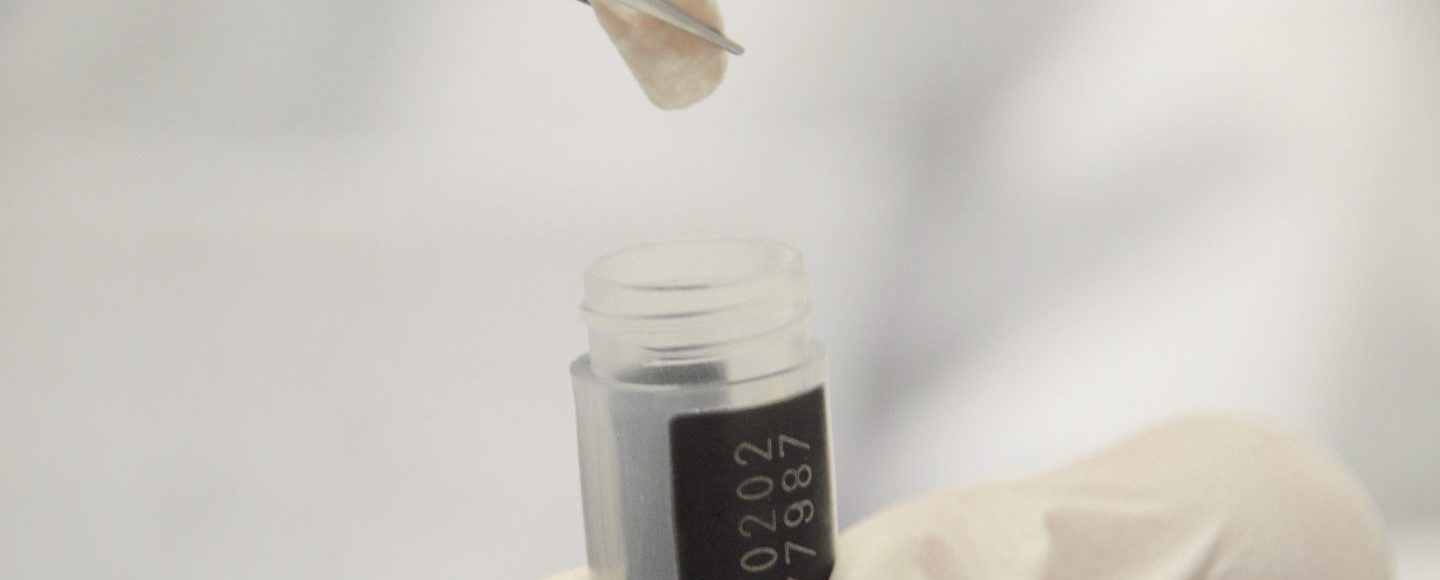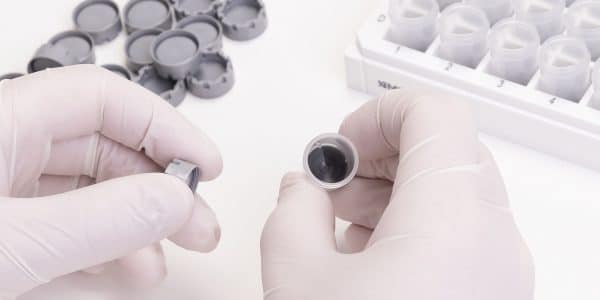

Standardization in fresh frozen tissue banking
Currently, sample collection, handling and storage procedures in a fluid-based biobank can be easily standardized and automated. The samples can be collected almost everywhere and there is no need for a specialist doing the sample handling. The sample comes in a single form (i.e. fluid), so these biobanks can make use of standard and organized tubes. In addition, the sample collection can be repeated multiple times, aliquoting is very simple (e.g. pipetting) and there is easy access to the stored specimen [1].
For the collection, handling and storage of solid samples like fresh frozen tissue however, the process gets a bit more complicated. There is little agreement on best practices or procedures for tissue biobanking, and a diversity of storage products are available. Samples come in multiple forms and types, the collection of tissue samples depends on the use and form of the sample, and sizes can vary between 0.1cm³ and >3.0cm³. The collection is far more difficult as it requires surgery and a pathologist to evaluate and cut the sample. The handling is completely manual, which makes it time-consuming. Because of the high value of tissue samples (the collection cannot be repeated), the access to them is limited and restricted. Biobanking of fresh frozen tissue samples is therefore a challenge[1].
When it comes to the storage side of biobanking, sample storage solution providers like Micronic focus on fulfilling the need for standardizing the storage of both fluid and solid samples. They provide several tissue storage products that are available in the same standard ANSI/SLAS rack format (e.g. 96-format, 48-format and 24-format) as fluid sample storage products. By using these products, biobanks can standardize and automate their fluid and solid sample storage in an easy and organized way.
An example of a biobank that is already far ahead in standardizing the storage of fluid and solid (tissue) samples is the Changzheng-Origincell Biological Biobank. This first automatic, deep hypothermic biobank in China opened in December 2016. The Changzheng-Origincell Biological Biobank is used for standardized collecting, processing, storing, and utilizing primarily human biological samples, including tissue, for use in medical research. It helps push forward medical research on serious diseases including blood and immune system diseases, diabetes and malignant tumors.
As stated on the CCTV+ website, Zheng Xingdong, the head of Shanghai Changzheng Hospital commented: “We set up the biobank with intelligent controls and automatic storage technology, which can maintain the quality and security of samples without risking human error, and it also has more intensive storage occupying a smaller area.” [2]
Watch a movie about the Changzheng-Origincell Biological Biobank below.
[1] Thompson, J. (2015). Quality Issues, Best Practices and Guidelines in Tissue Biobanking [PowerPoint slides]. Retrieved from http://www.molmeth.org/sites/default/files/James%20Thompson%20Best%20practices%20and%20guidlines%20in%20tissue%20biobanking,%20Feb%2011%202015.pdf
[2] CCTV+. (2016, 10 december). China Opens First Automatic, Deep Hypothermic Biobank to Preserve Millions of Biological Samples [YouTube]. Retrieved from https://www.youtube.com/watch?v=ghdxzIyV6mY

